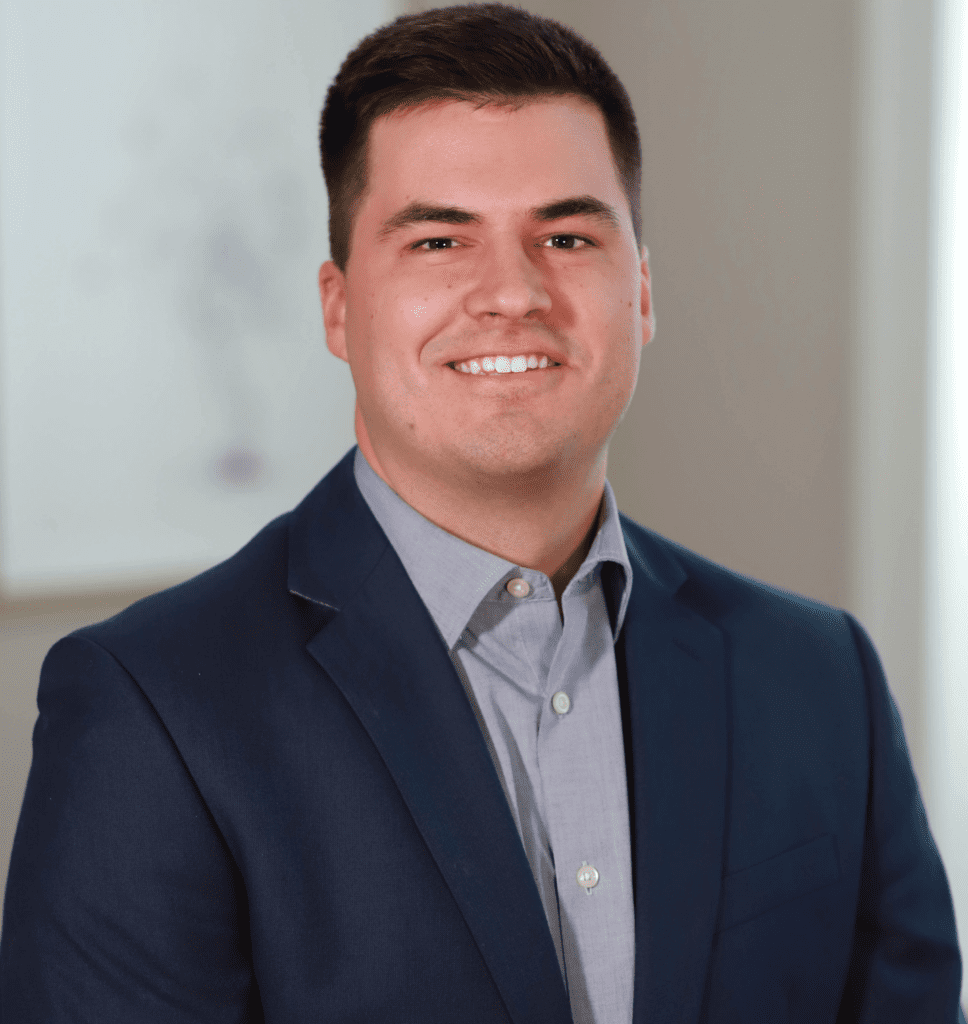This summer the government released a new federal student loan plan, entitled the “SAVE Plan”. The plan is an income driven plan (IDP) with new benefits and should save many borrowers a significant amount per month as compared to its predecessor (REPAYE Plan). The SAVE plan also includes student loan forgiveness opportunities. We’ve included some important facts you should know and for further information, check out: https://studentaid.gov/announcements-events/save-plan
Who is eligible for the SAVE Plan?
- Most people with federal student loans. There are no income barriers or other limitations to apply.
How does the SAVE Plan work?
- The SAVE Plan works similarly to other “IDR” plans in that your payment is based on your income and not the actual loan balance. However, there are several changes that will result in lower payments for many borrowers:
- Payments are calculated as 5% (10% for graduate loans) of discretionary income over 225% of the poverty line. Formerly, this was based on 150% of the poverty line.
- No more negative amortization – if your calculated payment is less than the monthly accruing interest, your principal balance will not increase.
- Payments are made for 20 years (or 25 years if graduate loans are held) and then are eligible for forgiveness
When does the clock start for loan forgiveness?
- If you consolidate your loans and start the “SAVE Plan” before the end of the year, it will start based on the 1st payment of the 1st loan held. If you wait until after the 1st of the year, the clock will start over with consolidation and start the day you enter the “SAVE Plan”.
- Waiting till 2024 could be very costly for those that have already been paying for several years as these payment counts could be virtually erased.
Who will benefit from the SAVE Plan?
- It’s tough to simplify who benefits because everyone’s situation and goals are different. In general, though based on what we understand, this is who benefits:
- People with high student loans & relatively low incomes compared to those loans taken.
- People who don’t expect rapid raises in the future.
- People who have high loan balances but low incomes will benefit the most. This may be due to family circumstances causing a career change, an overly expensive degree, or some other reason. These folks will have a much lower payment calculated than their current payment in most cases and will reap the benefit of forgiveness following the 20 or 25 year mark.
- People with high incomes and relatively low student loan balances usually result in the balance being paid off before the 20 or 25 year mark negating the benefit of the forgiveness component of the plan. Furthermore, since the payment is calculated based on income, these individuals could actually see their monthly payment increased.
- People who may benefit now, but expect rapid increases in raises should consider that their payment will also increase similarly. If this is not ideal, then an “IDP” plan may not be for them.
Will my loans be forgiven?
- Under the SAVE Plan your loans will be forgiven following the 20 or 25 year period of making consistent payments based on your income.
- If you choose not to be on the SAVE plan and use a prior IDR plan, the forgiveness program will remain the same.
What is the catch?
- There is no catch. Your loans will be forgiven after 20 or 25 years of payments assuming you make timely payments.
What else can I do to save?
- Utilize a 529 plan for yourself! Most people associate 529’s with kids, but you can also use one to your benefit as well. The IRS allows a lifetime maximum for beneficiaries to pay down $10k to one’s own student loans. So, you can contribute $10k to a 529, then immediately withdraw & pay towards your loans. The 529 contribution will result in a state only benefit which varies by state.
For personalized guidance and answers to your questions about the SAVE Plan or federal student loan forgiveness, reach out to our experienced team today—we’re here to help you secure financial peace of mind.



